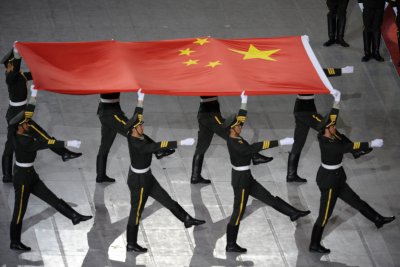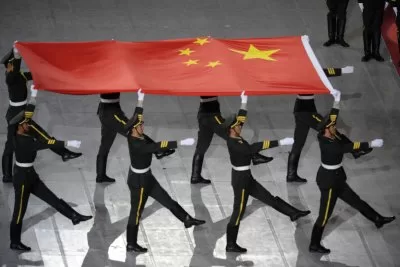
Sept. 27 (UPI) — The newest nuclear-powered submarine in China’s fleet sank in spring while docked at a pier but Chinese government officials have taken steps to cover it up, according to U.S. officials.
The sinking allegedly took place near the Chinese city of Wuhan around late May or early June. The attack submarine was the first of a new Zhou-class line of sea vessels.
According to an unnamed senior Biden administration official cited in multiple media reports, “it’s not surprising” that China’s navy “would try to conceal the fact that their new first-in-class nuclear-powered attack submarine sank pier-side,” he told multiple news outlets.
It has not clear if nuclear material was on the submarine when it allegedly went down.
On Friday at a news conference in Beijing, a Chinese Foreign Ministry spokesperson said he was not familiar with the topic and did not provide any information when asked about it, the BBC reported.
“We are not familiar with the situation you mentioned and currently have no information to provide,” a separate spokesperson from China’s embassy in Washington told CNN.
China currently has the biggest navy in the world by number of ships.
The communist nation has had long-standing maritime territorial disputes with other neighboring countries, such as Brunei, Malaysia, the Philippines, Taiwan and Vietnam.
According to the Congressional Research Service, China is on track to have by next year 65 submarines and about 80 in the next decade by 2035 due to growth the Chinese submarine construction sector.
Meanwhile, the nuclear-powered U.S. Navy reportedly has 53 “fast attack” submarines, 14 ballistic-missile submarines and four guided-missile submarines.
The apparent sinking was first noticed by an expert in the field who examines satellite imagery of China’s shipyards.
Thomas Shugart, a former U.S. Navy submariner and an analyst at the Center for a New American Security, said the sinking was a “setback” that would cause “pretty significant embarrassment” for China’s People’s Liberation Army navy, but added that the safety risk was probably “pretty low.”
“I’ve never seen a bunch of cranes clustered around (one spot),” Shugart told CNN. “If you go back and look at historical imagery, you can see one crane, but not a bunch clustered there,” said Shugart.
Shugart says what took place “raises deeper questions” about the PLA’s “internal accountability and oversight” of China’s defense industry which contends “has long been plagued by corruption.”
“I do not see it significantly altering the really impressive upward trajectory of the PLA navy’s capability,” he stated.
